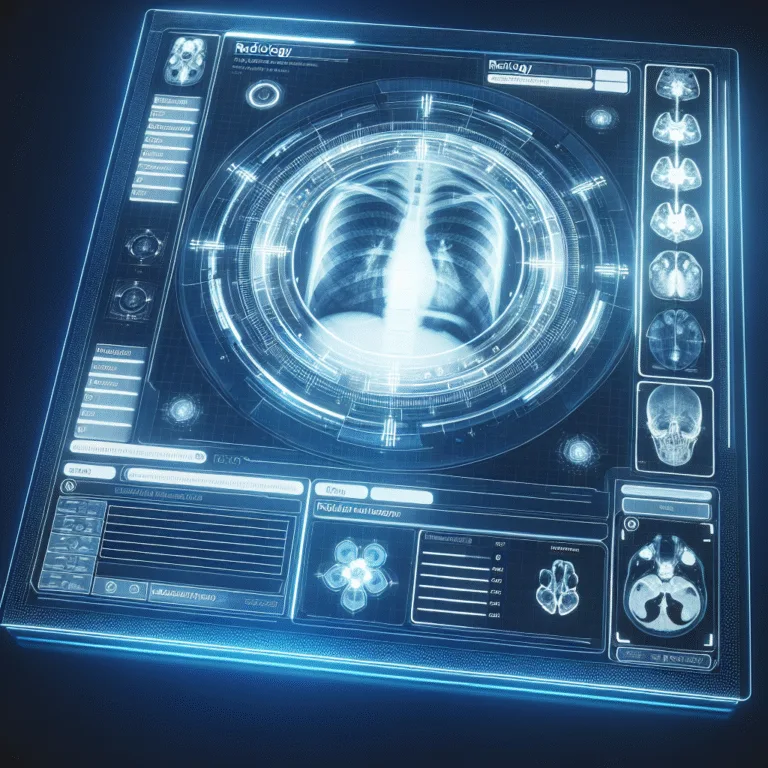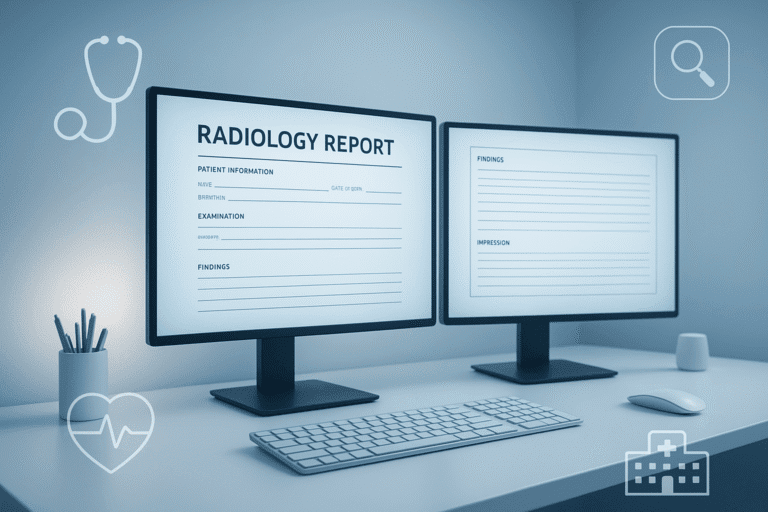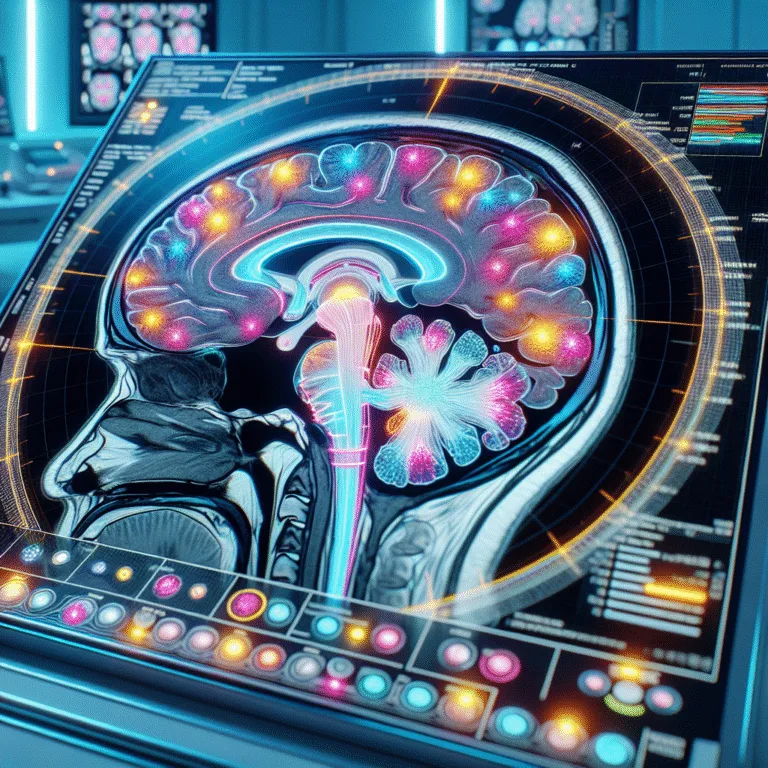How to Write a Clear MRI Report for Neurologists: Key Elements They Need
How to Write a Clear MRI Report for Neurologists: Key Elements They Need
When reporting a brain MRI, your audience is often a neurologist with specific questions. How can you ensure your report delivers maximum clinical value? We outline the key elements neurologists look for, helping you structure your findings and impression to answer their questions proactively and improve interdisciplinary communication.
Understanding how to write a clear MRI report for neurologists is crucial for radiologists aiming to provide maximum clinical value. Neurologists rely on these reports to make informed decisions about patient care. Therefore, structuring your findings and impressions to address their specific questions is essential for effective interdisciplinary communication.
Key Elements of an Effective MRI Report
Writing a clear and concise MRI report involves several key components. These elements ensure that the report is not only informative but also actionable for neurologists.
1. Patient Information and Clinical History
Begin with accurate patient identification, including name, age, and medical record number. Include relevant clinical history, such as symptoms, previous diagnoses, and the reason for the MRI. This context is vital for neurologists to understand the relevance of your findings.
2. Technique and Imaging Protocol
Detail the MRI technique and protocol used, including the type of sequences and planes. This information helps neurologists assess the appropriateness of the imaging for the clinical question.
3. Clear and Structured Findings
Organize your findings in a logical sequence, typically from general to specific. Use subheadings for different anatomical regions or systems when necessary. Be precise and avoid unnecessary jargon. For example:
Findings:
- Brain: Normal ventricular size. No midline shift.
- Parenchyma: No evidence of acute infarct or hemorrhage.
- Vessels: No significant stenosis or aneurysm.
Clear, structured findings allow neurologists to quickly locate and interpret critical information.
4. Comparison with Previous Studies
When applicable, compare current findings with previous imaging studies. Highlight any changes or stability in the patient’s condition. This comparison can provide valuable insights into disease progression or response to treatment.
5. Impression and Differential Diagnosis
The impression section should succinctly summarize the most critical findings and their clinical implications. Offer a differential diagnosis if appropriate, prioritizing the most likely conditions. This section is often the most read by neurologists, so clarity and brevity are paramount.
Enhancing Clarity with AI Tools
Leveraging AI tools like Rad Report AI can significantly enhance the clarity and efficiency of MRI reports. These tools assist in structuring reports, suggesting relevant findings, and even offering differential diagnoses based on the data provided.
Benefits of AI in MRI Reporting
- Increased Efficiency: AI tools can automate repetitive tasks, allowing radiologists to focus on analysis and interpretation.
- Consistency: AI ensures that reports follow a standardized format, reducing variability between different radiologists.
- Enhanced Accuracy: AI can assist in identifying subtle findings that may be overlooked, improving diagnostic accuracy.
For more information on how AI is transforming radiology, visit the Radiological Society of North America.
Improving Communication with Neurologists
Effective communication between radiologists and neurologists is crucial for patient care. Here are some strategies to enhance this collaboration:
1. Tailor Reports to the Neurologist’s Needs
Understand the specific information neurologists seek. This might include detailed descriptions of lesions, their potential impact on neurological function, and any recommendations for further imaging or tests.
2. Use Clear and Concise Language
Avoid technical jargon and use language that is easily understandable. This approach ensures that neurologists can quickly grasp the report’s findings and implications.
3. Provide Actionable Insights
Offer recommendations or suggest follow-up actions when appropriate. This proactive approach helps neurologists make informed decisions about patient management.
Conclusion
Learning how to write a clear MRI report for neurologists involves understanding their specific needs and tailoring your reports accordingly. By incorporating key elements, leveraging AI tools, and focusing on clear communication, radiologists can enhance the clinical value of their reports and improve interdisciplinary collaboration.
For further reading on the importance of structured reporting, explore resources from the American College of Radiology.
🚀 Try Rad Report AI For Free — and experience faster, smarter reporting today.







